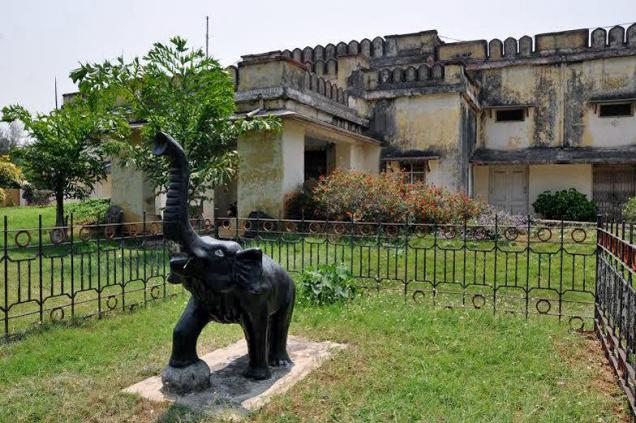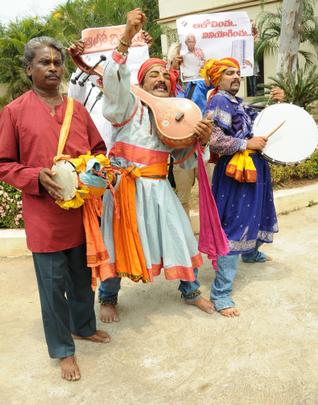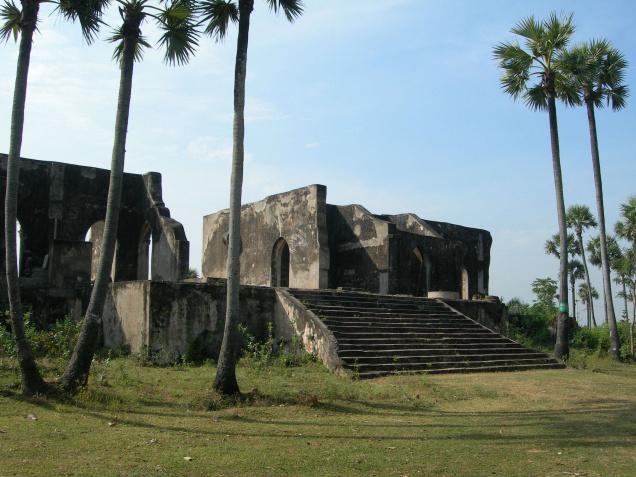
Nizamabad museum traces the evolution of civilisation
Although little known to people, the Nizamabad archaeological museum is one of the important museums in the State. Constructed in 1936 by VII Nizam as a Town Hall, this T-shaped heritage building was turned into a museum and thrown open to the public on October 24, 2001 during Indur Utsav celebrations.
It houses a number of artefacts and antiques representing the evolution of human civilisation right from Paleolithic to Vijayanagar times. The Museum is broadly divided into three sections namely archaeological, sculptural and bronze and decorative.
The archaeological section includes tools of Palaeolithic and late stone age (from 50,000 to 5000 BC), megalithic pottery and iron implements dating back to 1000 BC to 3rd Century BC, early historical cultural material of Satavahana times includes pottery, iron implements, beads, bangle pieces, terracotta and bricks.
Coins range from the punch to marked varieties (3rd century BC to British period). Gold coins of Vijayanagara period unearthed at Bodhan are on display. Chart showing evolution of Telugu script from 3rd Century BC to 16th Century AD is also preserved. A finely carved door jamb in red sand stone of Vijayanagar period is erected in front of museum.
Decorative section includes bronzes of Chalukyas to Vijayanagar times. Arms and armour including swords of different types, shields, chest plates, arrows belonging to Qutub Shahis and Asaf Jahis are on display. Zinc copper alloy of bidriware, shining silver, hukkahs, spittoons, flower vases, betel nut boxes are among the collection. Several kinds of weapons believed to be used by the Roman, Persian, Russian and Indian armies are also on display.
This museum located in the middle of the picturesque Tilak Garden is closed for repair works since three months. “As soon as we get permission we will start the works,” says K. Sudhakar, the museum in-charge.
source: http://www.thehindu.com / The Hindu / Home> News> National> Andhra Pradesh / by P. Ram Mohan / Nizamabad – March 29th, 2014




